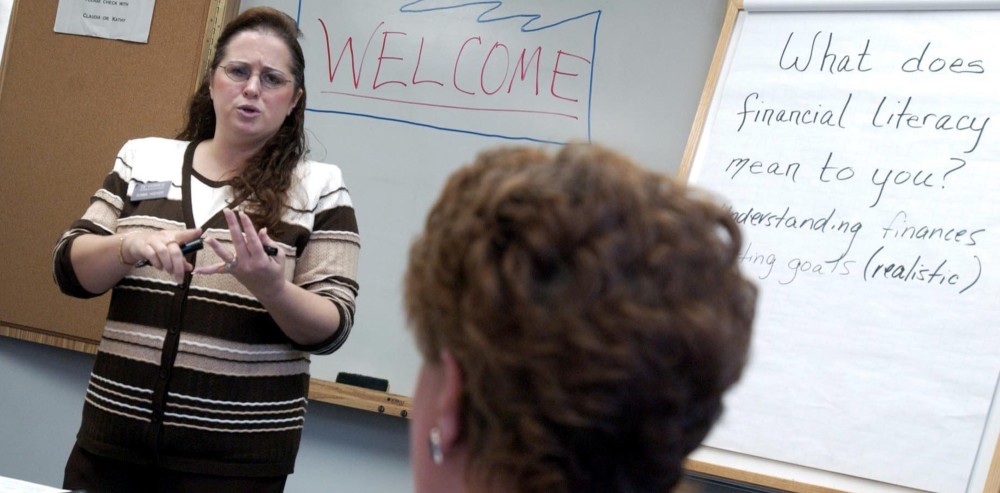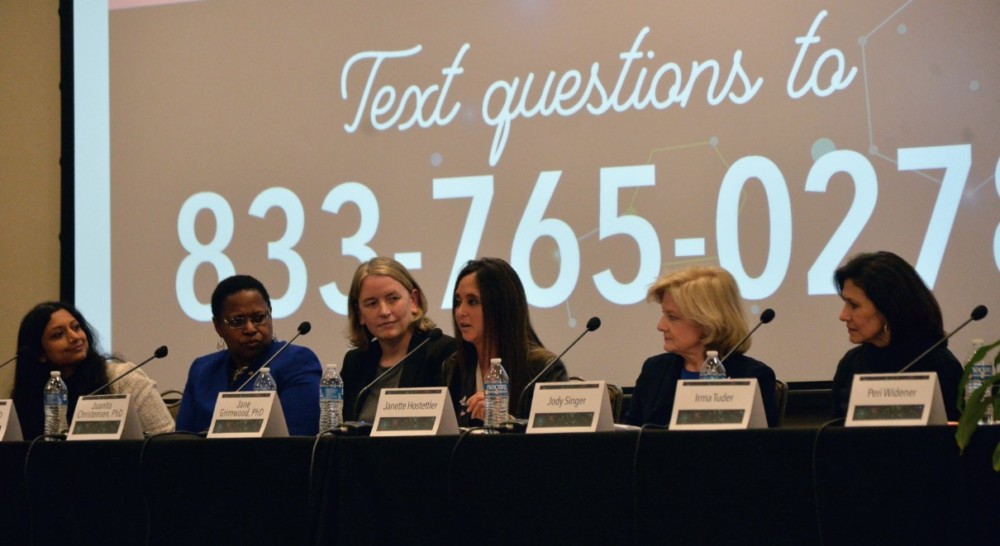By Claudia Buck
The Sacramento Bee.
Mothers, do you want your daughters to grow up to be CFPs?
Alarmed that not enough women are entering the profession of certified financial planning, there’s a push to get more female college graduates and career-changers into the industry.
Calling it a “feminine famine,” the Certified Financial Planner Board in Washington, D.C., last month released a lengthy report on why so few CFPs — less than 25 percent of the 69,500 in the country — are women.
“It’s problematic,” said Debbie Grose, a partner with Lighthouse Financial Planning in Folsom and a CFP since 2008. But it’s not surprising “in any way shape or form,” she said, noting that women are underrepresented in Congress, in corporate boardrooms and as company CEOs.
The CFP Board’s study is part of the overall concern that not enough women are reaching leadership ranks in business, an issue given renewed emphasis last year in Facebook COO Sheryl Sandberg’s “Lean In” book and social movement.
It’s not hard to find numbers that back the concerns. While female students are filling up law and medical schools at greater rates than their male counterparts, only about a third of enrolling MBA school students are female.
It’s the career path chosen by those women business graduates that the CFP Board and others are trying to change.
Generally, personal financial advisers meet with clients to assess their financial goals and offer guidance on how best to manage their money.
Those who earn the added CFP designation have completed professional coursework, passed national exams and a background check.
They also must adhere to strict rules of professional conduct and a “fiduciary” responsibility to put clients’ financial interests first.
A career as a personal financial adviser — with or without a CFP designation — is considered a fast-growing, in-demand profession.
According to the U.S. Bureau of Labor Statistics, the rate of job growth through 2022 for personal financial advisers is 27 percent, far higher than the average 11 percent for all occupations. In salaries, the median average wage for financial advisers in 2012 was $67,520.
So why are so few women drawn to the field? According to the CFP study, it’s a combination of misperceptions of what the career entails, a lack of women role models, an aversion to professional risk-taking by some women and gender bias in the male-dominated financial-services industry.
That notion of gender inequality may sound a bit dated in 2014, but those in the field say it’s still valid.
“Among my female students, there seems to be an intimidation factor about the financial-services industry,” said Eric Lin, associate professor of finance in the College of Business Administration at California State University, Sacramento.
When those young women look for internships and jobs, Lin said, “the interviewers and recruiters are typically male. When they enter the industry, their colleagues are mostly male. They’re not seeing as many female role models.”
A helping profession
Women in the financial-advisory industry can be very clear about what attracted them: It’s a helping profession.
“Money and financial literacy issues affect everybody. It can be really scary and overwhelming … but to be able to help somebody make good choices about their financial life feels really gratifying,” said Grose, who splits her time between her firm’s Folsom office and her home in Arbuckle.
Grose said women are particularly well-suited to developing relationships with clients and “really listening” to their needs. For instance, she noted, if clients come in with a goal of paying off their mortgage before retirement, there are some basic calculations to be made, based on their tax bracket, investments, interest payments, etc.
But, “If they can’t sleep at night because they’re so fearful about losing their house or worrying about (debt), that needs to be part of the consideration when you’re helping them make a decision,” Grose said. “I’m not saying that men don’t do that well, but women have a particular strength in listening and really hearing what people have to say.”
For working mothers, being a financial adviser can afford some work-home flexibility.
Grose, married to a fire captain and the mother of two boys, said she’s able to “chunk” her time into blocks where she can work exclusively on client needs but also attend her son’s Little League games or help her fourth-grader on his California mission project. That wouldn’t be possible in a 9-to-5 financial-sales environment, she said.
Routes to financial planning
According to the CFP Board’s survey, women financial planners report a high level of job satisfaction with the job’s “problem solving” and “building relationships” aspects.
But there are varied routes to becoming a financial planner or CFP.
With a CSUS college degree in accounting and a minor in economics, Grose spent about 10 years in a city government job.
Looking for a career change, she signed up for the UC Davis Extension course in financial planning, which led to an unpaid internship with Lighthouse Financial Planning in Folsom. Within three years, and after passing her CFP exam, she was named a partner.
CFP Tina Florence, co-owner of Lane Florence LLC in Folsom, took a slightly different path into the profession.
For years as a stay-at-home mom with two young kids and a lawyer husband, Florence managed all of the family’s income, including investments, college savings and a 401(k) account. A political science major in college with a master’s in public administration, Florence gleaned most of her money-management skills by reading financial books and magazines. Wanting to be more knowledgeable about family finances, she enrolled in the UC Davis financial-planning program. Juggling coursework with parenting duties, it took her three years to complete and sparked an interest in a financial-planning career.
After passing the CFP exam in 2003, Florence sought a financial-advisory job that didn’t involve “cold-calling, dialing-for-dollars quotas” that she found in many traditional investment and banking firms. Instead, she wanted what sounded like an impossible dream: flexible scheduling to attend her sons’ athletic and Scouting activities and a career helping individuals and families manage their money.
She took an unpaid job in the El Dorado Hills office of CFPs John Lane and Bruce Dickson, who let her rent space in return for the chance to sit for securities exams and build a practice as a fee-based planner.
Today, she’s a co-owner, doing financial planning for clients from the firm’s Folsom office. Her compensation varies from a $200 hourly fee to a 1 percent annual fee for managing assets.
She noted that it can be challenging for anyone starting out in a noncommissioned, financial advisory job. Unlike those who work for commissions selling financial products, a fee-based financial adviser often is compensated quarterly, at rates far lower.
In the beginning, “the difference in cash flow is huge,” said Florence. “Starting out, building a book of business, you often have to have another source of income (before) you can build a cash flow to take some money home.”
Extending a hand
With backing from major financial-services players like TD Ameritrade, the CFP Board is promoting efforts to bring more women into the financial-planning industry: urging women leaders to be more visible to young girls as speakers and on social media; educating high school and college guidance counselors about career opportunities; working with girls-only groups such as Girl Scouts on financial-planning skills; getting financial firms to eliminate gender discrepanices in pay and job duties; and building more support networks for women in financial professions.
Similarly, CSUS professor Lin said he wants to accelerate the university’s efforts to attract more women to financial-services careers, including hosting more job-related workshops and inviting more female business executives to speak to campus business clubs.
He said women make up about half of the 40 students in the CSUS financial-planning track, which qualifies students to sit for the CFP exam.
“We have a lot of very bright female students with high GPAs who have the same skills as their male counterparts,” Lin said.
“It’s about improving awareness of their opportunities in the industry.”
Or as financial adviser Florence says: “Do it, for sure. If you had said to me 15 years ago that I’d be co-owner of a financial planning firm and manage $65 million in client assets, I’d have thought you were crazy. … But if you have a goal and take it one step at a time, it’s remarkable where you can end up.”
















































































































































































































































































































































































